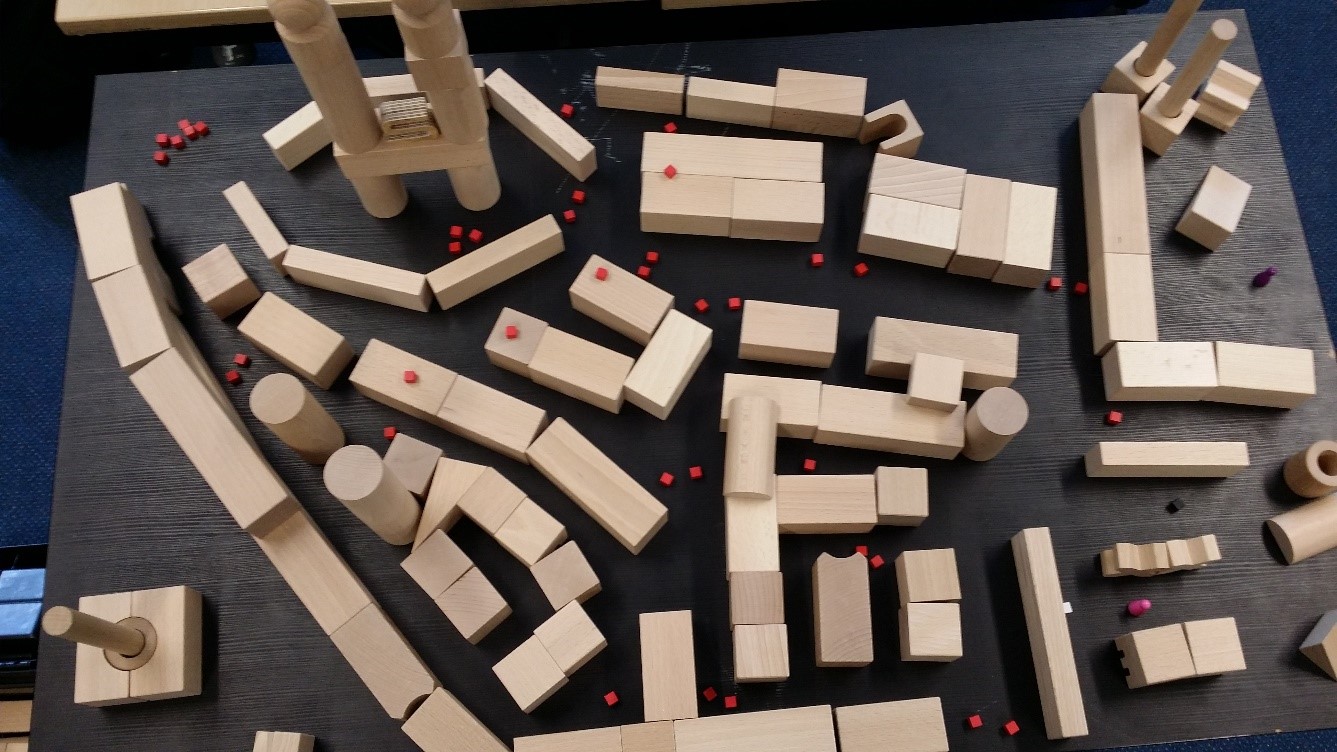
As part of the University course, our biggest project in level design was on building a scenario based on the Dungeons & Dragons universe. The map had to serve two purposes – in other words, the player can have agency as to how they wanted to complete the level. Either the player had to fight their way to complete the objective, or they could choose to be sneaky.
You can try out the game now at itch.io!
Roles: Level Designer
Engine: Unity
Before building the level, we were first tasked with designing a scenario, choosing from a set campaign – in this case, Temple Wars. You can read more about the Waterdeep scenario to get a better grasp at the full story and the meta-game events outside of this level.
In short,
The player boards the docks of Waterdeep, hoping to settle by the sea side with a new life. However, after witnessing the pillaging of the Tower of Luck, they become a suspect of crime. To avoid being imprisoned, the player decides to prove their innocence – may it be through the City Guard or the Knights of the Shield. Deciding between the two won’t be so obvious – the City Guard wishes to find the perpetrator, whilst the Knights of the Shield wishes to keep things under the radar. What the player won’t realise until sometime later is that evil lurks within the Knights of the Shield, and the player’s decision will affect the outcomes of whether the evil succeeds.
The intended player experience is to make them feel like they’re in a medieval universe. There is a distinct contrast between the bustling main roads and the dark, narrow alleyways. When staying around the marketplace it should feel open and vibrant. When navigating the shortcuts of the city it should feel claustrophobic – almost like a labyrinth.
The first step of the process was to use wooden play blocks to play around with the level layout. This method provides three unique benefits:
- Makes manipulation of environmental elements as simple as moving blocks,
- Gives 3D perception of the level which helps in understanding the different approaches a player can take.
- Allows playtesting close to the simulated in-game experience, if a ruleset is given.
With a satisfactory level planned out, it was time to make sketches of the level. This would later be imported into Unity to serve as a “map” to whitebox upon. This is crucial, as using the pictures of the blocks as reference do not give a good measure of 3D space – it’s very easy to offset a building at the wrong angle or size due to parallax/human error.
Unfortunately, I had no scanner at the time, which certainly caused complications when white-boxing in Unity.
There were a few presumptions going into the level:
- Towers are dotted across the map. However, as they don’t serve much purpose other than giving a vantage point, the interiors were left un-sketched.
- The marketplace was also left alone, as this area is purely aesthetic. Restricting ourselves to a map plan is unnecessary.
- Thinking of a traditional room size, we want to go 1.5x the size of that. Doing so will make the level feel more comfortable for the player
- However, the main “Temple” might look incredibly large from the outside. Therefore, we may want to consider creating two version so the tower – one that is seen from the outside, and another that the player teleports to when entering the building.
Sketches in hand – the level was ready to be made.
And that’s it! With the pieces in place, bits and bobs were placed around the level and some easy tweaks with the light were made to match the night-time sinister atmosphere.









Leave a comment